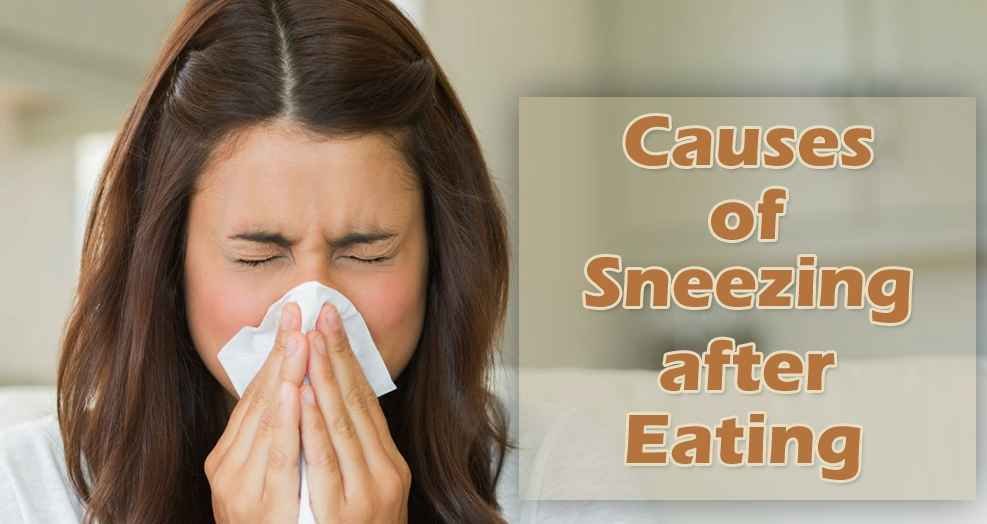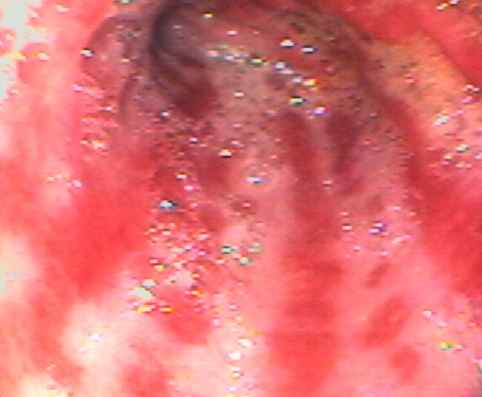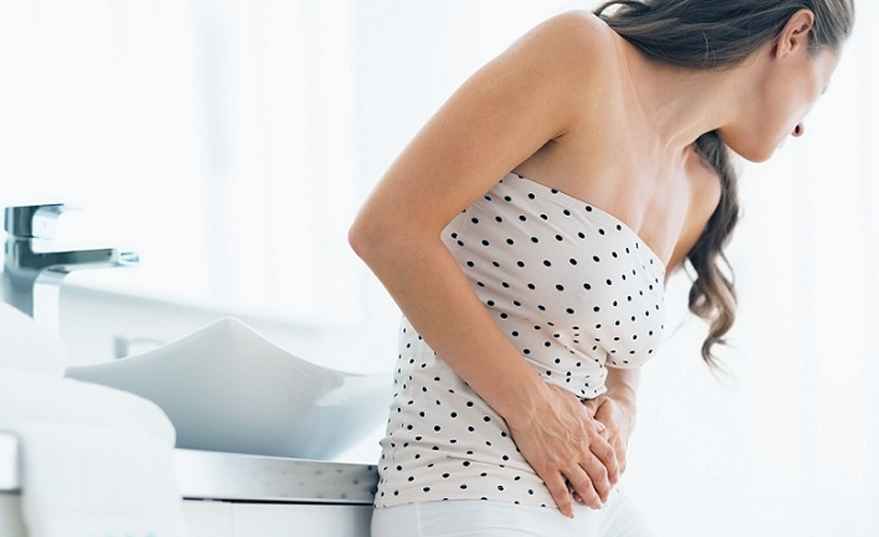Swollen Kneecap
What is a Swollen Kneecap?
Swollen kneecap is a body dysfunction that causes the knee to get filled with fluid, also known as water on the knee or knee effusion. This can happen either slowly or just at once depending on the reason behind it. The swollen kneecap can be caused by a small injury, arthritis or bursitis. These are the mild forms of knee swelling and cause little to no pain. These can also be treated with some over the counter medicine and some rest. The more persistent kind of knee pain means that swelling is the worst. It causes a lot of pain even while doing the daily activities like walking, running or bending etc. Sometimes even if there is no injury or disease the knee swells up for no reason. This can be because of the excessive pressure or extra work that has been done on the knee and can be treated with just rest in two days.
Our knee is a joint that is responsible for holding the weight of the whole body. Every time we do an activity, it automatically puts pressure on the kneecap. So, injury to the knee joint is very common. Sometimes the knee swelling is not the disease, but is the symptom of an underlying disease that might have bad effects on the body later. Knee swelling if not treated on time might totally make a person incapable of walking and putting pressure on their legs. Sometimes an injury in the knee if not treated properly can cause chronic knee pain and some diseases like arthritis.
Signs and Symptoms of Kneecap Swelling
There are numerous signs and symptoms of a swollen kneecap. If you find yourself having these symptoms, kindly consult your doctor immediately. They are:
Swelling
Swelling means that the kneecap or the areas around the kneecap suddenly grows in size and feels as if something has been filled into it. Usually swelling happens only in one leg, so the person is able to compare it with the other one. The swelling can have no pain or a lot of pain depending on what is causing it. Sometimes the swelling happens for no reason which can be the first sign of an underlying knee problem.
Pain
Usually after exercise especially from running a person feels a slight pain in the kneecap which is later followed by a little swelling. Apart from exercise, there is a possibility that the knee is swollen from a bug bite or after fall it can cause injury which is very painful. The swelling is usually accompanied with pain while moving the knee joint. The amount of pain depends on how much damage has been done to the knee and what is causing the swelling to happen.
Tenderness
When the kneecap is swollen, you might feel it getting tender and soft while touching it. This usually happens due to the accumulation of fluids under the skin. The skin becomes softer and if you apply pressure on the area, it might feel as if you are touching a balloon filled with water. Tenderness is usually seen when there is a lot of swelling generally in the cases of an injury.
Warm to touch
The swollen part of the knee gets warm and stays warm every time you touch it. So, if you feel that the skin around your knee is warmer than before and the temperature is not normalizing, it’s the time to see the doctor. The warm skin happens because of the body’s rapid healing that is taking place in that area. There is a huge blood flow at the area of swelling in order to increase the recovery process by the body. The area might experience no pain on touching sometimes.
Redness
As mentioned above our body has a coping mechanism from the injuries that it goes through. A human body heals itself. If a swollen kneecap is warm to touch and there is tenderness, this may be due to some injury. The body increases the blood flow to that area and causes the skin to turn red. The redness can also happen if the knee is bruised. The skin around the bruise gets red. The swelling accompanied by redness is a sure sign that the knee has suffered some internal injury and needs to be treated immediately.
Accumulation of fluid
The swelling is mostly caused by the accumulation of fluids in the knee. If the knee feels tender to touch, there is a possibility that there is some liquid filled inside it. Bursa is a fluid filled sac in the knee joint which helps in its smooth movements. If that gets inflamed and swollen, extra fluid is filled in it causing accumulation of fluid in the kneecap.
Stiffness
If you are unable to move the joint and every time you straighten it, you can’t bend it back. This, is also caused due to the swelling. There is pain every time any movement is done by the knee joint. And if the person does not move the knee for a while, it gets stiff causing immense pain with every movement.
Weakness
A person is unable to put pressure and weight on his knees. The knee becomes so weak that any pressure put on it causes immense pain. The weakness can also be seen if the knee is worn out from running or after cycling, mainly after exercising the lower areas of the body. Sometimes there is no pain and no injury but the knee still feels weak and a person is unable to stand up on his legs, this may be due to some disease.
Popping noise
When a person straightens his knees, they make a pooping or crunching sound which is clearly audible. These sounds are experienced every time the knee is bent or straightened.
Causes of Swollen Kneecap
The kneecap swelling can either be a disease on its own or it can be the symptom of an underlying disease. Here are a few causes of the kneecap swelling:
Injuries
Knee injuries are usually caused after fall, after exercise or due to an accident. The knee injuries can be of the following types:
- Tear in the Ligament – The ligament is a band of tissues that are responsible for connecting a bone to another bone at the joints. So if there is an injury to the ligament the knee cap swells up. The swelling is accompanied by intense pain and instability to stand or move your leg.
- Fracture – a knee bone fracture is also a cause in the swelling of the kneecap. Either bone of the knee joint when gets fractured due to an injury or an accident causes a lot of pain, redness and swelling in the area. It is easy to make out that the knee has been fractured as the person can’t bend the leg at all.
- Meniscus Tear – Meniscus is like cushion to the knee. If it gets injured the knees ability to function smoothly gets affected. The knee might get locked and you might feel pain while squatting or walking up and down the stairs.
- Sprain – sometimes after cycling, after exercising or after falling, a person feels a strain in the knee. The swelling happens because the ligaments have been strained and some fibers have been damaged. The swelling comes slowly and is accompanied with stiffness.
- Kneecap Dislocation – This is the most severe case of knee swelling. The knee cap sometimes dislocates from its initial position and goes into some other direction. This usually happens due to a high impact injury. There is a lot of pain and swelling associated with it.
Arthritis
Arthritis is one disease that causes swelling in the kneecap with no injury. Arthritis is the most common cause of the knee swelling in most of the women. In arthritis the wear and tear of the bones and cartilages happen leading to production of extra fluid from the body. Arthritis gets worsened by overuse if extra amount of work is being done by the knee joint.
Overuse
This usually happens in the case of sportsmen who require an excessive use of their legs. Their knees get overused and constant wearing and tearing damages them. The athletes who run for long duration of times usually face knee problems in the later parts of their lives if not properly taken care of.
Tumor
A tumor is an abnormal cell growth that usually appears as a lump from outside the body. This is seldom painful and very rarely causes swelling in the knee. The tumor is accompanied with weakness, weight loss and nausea.
Spontaneous Haemarthrosis and DVT
In the cases of people taking blood thinners, bleeding in the joints is very common. This clotting leads to swelling of the knee. In addition to this deep vein thrombosis is also responsible for clotting in the kneecaps resulting in swelling.
How to Treat a Swollen Knee cap?
In most cases swollen kneecap can be treated at home with simple over the counter medications. Some of the ways you can use to treat your swollen kneecap include:
- Ice Compress – The first thing to do in the case of a swelling caused by an injury is to apply an ice compress on the knee. Ice subsides the swelling and also causes less inflammation in the area. The blood flow in the area slows down due to the application of ice reducing the swelling and pain.
- Rest – The most important thing in coping with a knee injury is rest. The more pressure and work a knee has to do, the more it will swell. So, taking proper rest and minimum movement of the knee is very important.
- Compress – Knee braces can be used to provide compression to the knee and reduce the swelling. Compression does not let the swelling to increase whilst providing a strong grip and support to the knee.
- Elevation – Keeping the knee or the leg elevated can reduce the swelling. If the knee is kept at a higher place than the heart, the fluids move downwards from the knee, decreasing the swelling and accumulation.
- Medication – Anti-inflammatory medicines can be taken over the counter to reduce the pain that comes with the swelling. The doctor might also advice you to take few medicines depending on the cause for the swelling. In the cases of bug bites there are a few antibiotics also prescribed by the doctor.
- Aspiration – If the swelling does not subside in a week, your doctor may need to drain out the fluid from the knee with the help of a needle. The fluid may sometimes come back and the procedure might have to be repeated a couple of times.
- Injecting Cortisone – Cortisone is a hormone that sends signals to the immune system to reduce pain and inflammation in the knee. It is usually injected into the person’s knee.
Healing time
A swollen knee may heal according to the impact of the factor that has caused it. In case of the people suffering from arthritis, knee swelling takes a lot of time to completely heal. It might subside for a little time but comes back again if some external force is applied or extra work is done. In case of an injury knee swelling might take about a week or more to heal. If there has been a tear in the muscle and the knee has been operated upon, then it might take about a month to heal. In cases of tumors the knee has to be operated and the healing time from an operation is a lot more. Sports related small injuries or bruises heal within a few days of treatment. In the case of dislocated knee cap, it will take more than a month for a person to be able to walk and about three to four months for him to do any physical work. If proper care of the knee is taken and not much pressure is exerted on it, your knee can heal faster.
Home Remedies
Here are a few things that you should do even after your injury has healed or the swelling has subsided:
- Apply Ice – Applying ice after any strenuous activity that required a lot of knee movement should be done to avoid any swelling or inflammation.
- Take Breaks – During exercising or doing any lower body specific work, take small breaks in between so that a lot of pressure is not put on the knee altogether.
- Knee pads – For few days after the injury is healed and the swelling is subsided, the knee remains weak. It is advised by the doctors to wear knee pads that gives support and compress the knee during working out or running.
- Don’t overuse – Do not overuse the knee. Doing a lot of leg work just after the injury can make it come back. In the case of arthritis, the patient is advised to put as less pressure on the leg as possible. This does not let the swelling to come back. Also, do not play certain sports that require a lot of running like football, hockey etc. for some time after the injury.
- Lose Weight – Overweight people are at a greater risk of developing knee injuries. So, it is advisable to lose weight and stay at a healthy weight bracket. Any knee problem can get elevated with increasing weight as it is more pressure on the knee.
Pictures of Swollen Kneecap
Take a look at some of the pictures of swollen kneecap:













